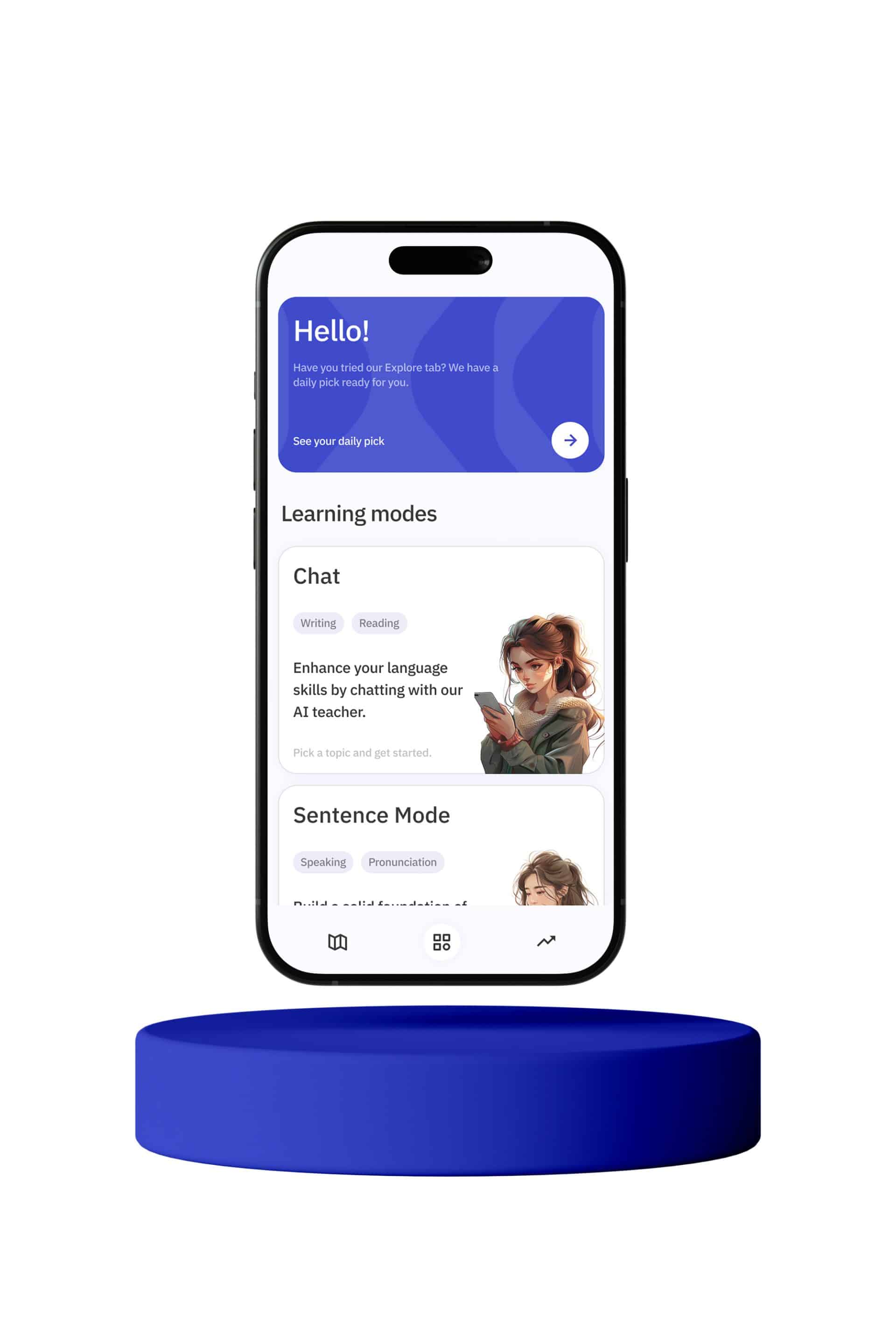When learning Chinese, one of the common challenges is distinguishing between words that seem similar but have distinct meanings. Two such words are 慢 (màn) and 迟 (chí). Both can be related to the concept of time, but they are used in different contexts. In this article, we will explore the nuances between these two words, helping you to use them correctly in your conversations and writing.
慢 (màn)
The character 慢 (màn) translates to “slow” in English. It is used to describe the speed at which something happens or is done. When something is not moving quickly, or someone is taking their time, 慢 (màn) is the appropriate word to use.
Here are some examples of how 慢 (màn) is used:
1. **Adjective Describing Speed:**
– 他走得很慢。 (Tā zǒu de hěn màn.) – He walks very slowly.
– 这辆车太慢了。 (Zhè liàng chē tài màn le.) – This car is too slow.
2. **Adverb Describing Action:**
– 请慢慢吃。 (Qǐng màn màn chī.) – Please eat slowly.
– 她说话很慢。 (Tā shuōhuà hěn màn.) – She speaks slowly.
3. **Polite Requests:**
– 慢走! (Màn zǒu!) – Take care! (literally: Walk slowly)
As you can see, 慢 (màn) is all about the speed or pace of an action. It is often used in polite language to show care and consideration for others.
迟 (chí)
On the other hand, 迟 (chí) means “late” in English. This word is used to describe a delay or when something happens later than expected or desired. It emphasizes the timing of an event rather than the speed.
Here are some examples of how 迟 (chí) is used:
1. **Describing Tardiness:**
– 他上课迟到了。 (Tā shàng kè chí dào le.) – He was late for class.
– 我们的飞机迟到了。 (Wǒmen de fēijī chí dào le.) – Our flight was delayed.
2. **Expressing Delays:**
– 对不起,我迟到了。 (Duìbuqǐ, wǒ chí dào le.) – Sorry, I am late.
– 会议被迟延了。 (Huìyì bèi chí yán le.) – The meeting was postponed.
3. **Fixed Expressions:**
– 不迟不早 (bù chí bù zǎo) – Neither late nor early, just on time.
– 为时已迟 (wéishí yǐ chí) – It’s too late.
The key difference with 迟 (chí) is that it focuses on the timing of an event. It conveys that something did not happen at the expected or desired time.
**Comparing 慢 and 迟**
To further clarify the differences, let’s look at some scenarios where both 慢 (màn) and 迟 (chí) might come into play:
1. **Traveling:**
– If your train is moving slowly, you would say: 火车开得很慢。 (Huǒchē kāi de hěn màn.) – The train is moving slowly.
– If your train arrives late, you would say: 火车迟到了。 (Huǒchē chí dào le.) – The train arrived late.
2. **Eating:**
– If you want to tell someone to eat slowly, you would say: 请慢慢吃。 (Qǐng màn màn chī.) – Please eat slowly.
– If someone arrives late for dinner, you would say: 你迟到了。 (Nǐ chí dào le.) – You are late.
3. **Speaking:**
– If someone speaks slowly, you would say: 他说话很慢。 (Tā shuōhuà hěn màn.) – He speaks slowly.
– If someone joins a conversation late, you would say: 他迟到了。 (Tā chí dào le.) – He arrived late.
Understanding these differences will help you use 慢 (màn) and 迟 (chí) accurately, enhancing both your spoken and written Chinese.
**Cultural Context**
In Chinese culture, the concepts of time and punctuality are significant. Being punctual is often seen as a sign of respect and responsibility. Using the correct word in the right context is not only a matter of language proficiency but also of cultural understanding.
When you use 慢 (màn), it can also imply a sense of leisure or taking things easy, which can be a positive trait in a culture that values balance and harmony. For instance, enjoying a meal slowly is seen as a way to savor the food and enjoy the moment.
Conversely, using 迟 (chí) often carries a negative connotation because being late can imply a lack of respect for others’ time. Therefore, learning to use these words correctly can also help you navigate social situations more effectively.
**Practice Makes Perfect**
To master the use of 慢 (màn) and 迟 (chí), practice is essential. Here are some tips:
1. **Create Sentences:**
– Make your own sentences using both words to describe different scenarios.
– Share these sentences with a language partner or teacher to get feedback.
2. **Listen and Repeat:**
– Listen to native speakers using these words in context. This could be through conversations, movies, or audio resources.
– Repeat the sentences you hear to practice pronunciation and context.
3. **Mind the Context:**
– Pay attention to the context in which these words are used. Notice whether the speaker is talking about speed or timing.
4. **Cultural Immersion:**
– If possible, immerse yourself in Chinese culture. This could be through travel, participating in cultural events, or interacting with native speakers. Experiencing the language in context will deepen your understanding.
In conclusion, while 慢 (màn) and 迟 (chí) both relate to the concept of time, they are used to describe different aspects of it. 慢 (màn) is about the speed or pace of an action, whereas 迟 (chí) focuses on the timing or delay of an event. Understanding and using these words correctly will enhance your fluency and help you communicate more effectively in Chinese. Happy learning!








